Apple is reportedly on the verge of announcing a new iOS-based platform that will integrate with users' "smart home" systems, a move that could finally tie together a sea of individual devices — and controllers — to turn the niche "Internet of things" into a mainstream market.
According to a report on Monday, Apple is preparing to launch at WWDC a new software platform that centers around the iPhone. Interfacing with Internet-connected devices, like security systems, lights and household appliances, the handset would be the center of a user's digital universe.
Existing Platforms
Apple isn't the first to make an attempt at unifying the smart home with a single standard. Examples include first-party solutions like Belkin's WeMo home automation technology and open standards such as SmartThings and ZigBee, the latter of which is compatible with a huge number of devices including Nest and Philips Hue products.
Like other hardware and software coalitions, segmentation inhibits development of a single universal solution by which users can control their expanding connected device universe. Oftentimes a Wi-Fi or Bluetooth enabled light requires its own app, while a smart TV needs another.
While there has been some work toward a unified standard from firms offering devices in a single product category such as lighting, other OEMs that market a range of devices choose to push proprietary protocols. WeMo's plan, for example, is to offer first-party products as well as compatibility with other premium partners like Crock-Pot, Mr. Coffee and more.
There has yet to be a widely accepted standard that brings all these devices under one umbrella, whether it be for economic purposes or quality control.
What Apple brings to the table is a massive installed user base in iOS device owners. Sheer numbers could behoove manufacturers to adopt Cupertino's new platform under a "Made for iPod/iPhone/iPad" style license. Apple would then be in control of product certification, ensuring users a consistent and cohesive experience that heretofore has not existed in the smart home segment.
Devices
A variety of products are already supported — some exclusively — on Apple's iOS platform through remote control apps. Whether they run in the background or require active user input, the following apps and corresponding products are a sampling of existing products that could be announced as initial partners of Apple's smart home solution.
Philips Hue
The Hue system was one of the first connected device product lines to see mainstream adoption after being introduced in Apple Stores in 2012. Featuring bright, accurate, color-tunable LED lights, Hue is billed as the "world's smartest lightbulb."
Philips' system, first introduced in a three-pack starter kit, requires a wireless hub that controls up to 50 bulbs and accessories through a dedicated app. The software itself functions as a remote to change up colors and brightness, while boasting automation in the way of geofencing and on/off scheduling.
Hue has extended its range to include three bulb types and lighting accessories sold under the Friends of Hue moniker. The company will be introducing all-white bulbs, physical switches and high-end 3D-printed luminaires in the coming months.
Nest
Former iPod chief Tony Fadell's Nest Labs first introduced the Nest Learning Thermostat in 2011 and has since released a follow-up model as well as the Protect connected carbon monoxide and smoke detector.
The Nest thermostat is also compatible with the ZigBee standard via Wi-Fi and controls basically all HVAC systems in a user's home. Forced air, radiant, multi-zone AC, heat pumps and more are automatically monitored and adjusted by the device.
Along with remote control functions, automatic temperature and auto-schedule settings, Nest can also run energy efficient cycles to save electricity.
The Nest Protect was recently in the news after a flaw was discovered in the "Nest Wave" convenience function, which resulted in a stoppage of sales in April. Protect's "wave" feature, which allows users to turn off alerts by flailing their hands in front of the device, was found to pose a potential threat to consumers as it could be unintentionally activated.
Kevo
Kwikset's Kevo is one of the better examples of an automated yet secure door lock. Powered by batteries and operated via Bluetooth 4.0, the Kevo is convenient and reliable, though could pose a problem for a platform based on Wi-Fi connectivity.
Unlike other smart locks, Kevo needs to establish a Bluetooth connection with a registered eKey device in order to operate. For Apple's latest iOS devices, the Kevo app runs in the background and waits for a call from the corresponding door lock to pass along the encrypted data, making the task of unlocking a door as easy as touching the deadbolt rose, which activates the locking/unlocking process.
Kevo represents a device that — barring a standalone app — only a unified smart home platform can control. Integrating Wi-Fi-based protocols into a single piece of software is one thing, but simultaneously monitoring and controlling both Wi-Fi and Bluetooth connected devices would require a holistic solution. Apple's iOS devices are perfectly suited for the task.
Sonos
Moving to audio, Sonos has made a name for itself in offering Internet-connected speakers that can be controlled via a single app. The company has a host of products ranging from bookshelf speakers to full-blown home theater equipment, all controlled from a single app or standalone remote.
Sonos' big draw is asynchronous multi-room playback, which allows users to listen to different songs in different rooms. Of course the same song can be played throughout the house if a user so chooses. The system requires a wireless bridge and relies on software to stream audio from a user's iTunes library and music services like Spotify and Pandora.
Multi-room audio is nothing new, though it was previously reserved for the well-heeled or tech savvy. Sonos' plug-and-play functionality brought the technology to the masses.
AirPlay
A platform all its own, Apple's AirPlay lets users stream audio and video from iOS and Mac devices to HDTVs and other equipment. Alongside Apple's own Apple TV and AirPort Express, third-party speaker manufacturers are also building the tech into their products as an alternative to Bluetooth streaming.
Companies like Libratone, responsible for the Loop, Lounge and Zipp speakers reviewed on AppleInsider, tout AirPlay compatibility as a main selling point.
Other
In addition to the major brands mentioned above, a slew of smaller companies are marketing connected devices. Netatmo, for example, offers a smart thermostat and weather station that monitors air quality, temperature and other metrics. Another firm called Parrot sells Flower Power, a sensor-laden device that measures waters, sun and temperature for proper plant maintenance.
What's Next
If and when Apple debuts its smart home platform, the company's plans will likely have a great impact on manufacturers already fielding their own connected solutions. Whether it be products like Hue that subscribe to a somewhat open connectivity protocol such as ZigBee, or devices like Belkin's closed WeMo lineup, a shift in the smart home sector is coming. The question is who will decide to opt in and who will go it alone.
It's also interesting to note that the reported licensing angle contrasts Apple's current "MFi" program. Instead of introducing a product (the iPod) and reining in the subsequent accessories cottage industry, Apple will be laying down a licensing and software framework onto which existing OEMs can hang their devices. In that respect the proposed smart home platform is a bit like Apple's AirPlay or CarPlay, except instead of feeding iPhone content, Apple's system would presumably offer a secure and cohesive smart device control service.
According to rumors, all will be revealed at WWDC 2014 and AppleInsider will be there to deliver the latest announcements.
 Mikey Campbell
Mikey Campbell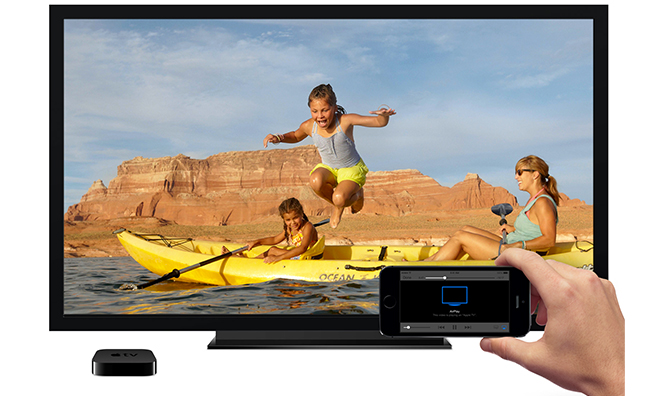
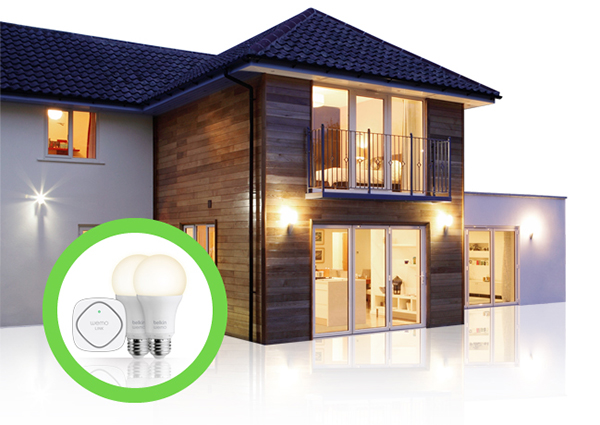
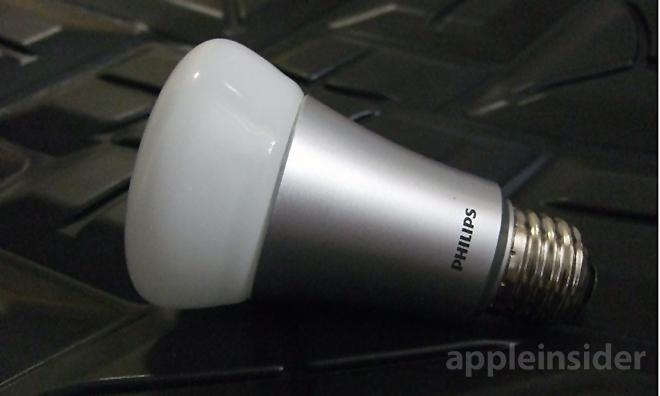
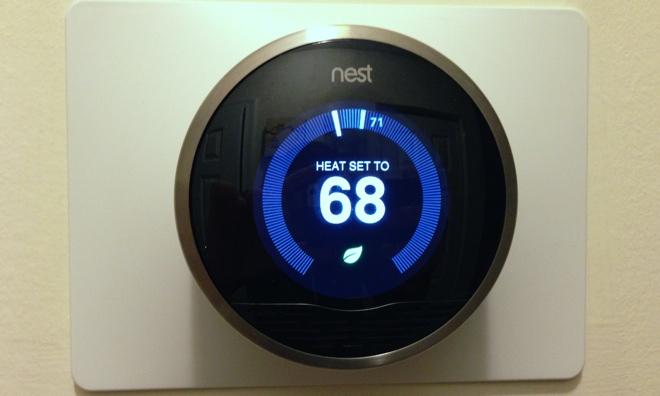
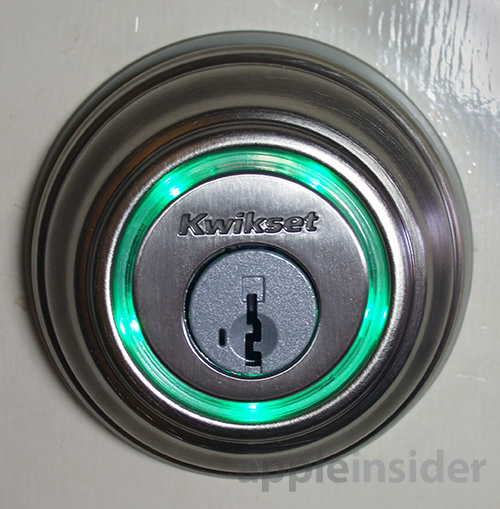
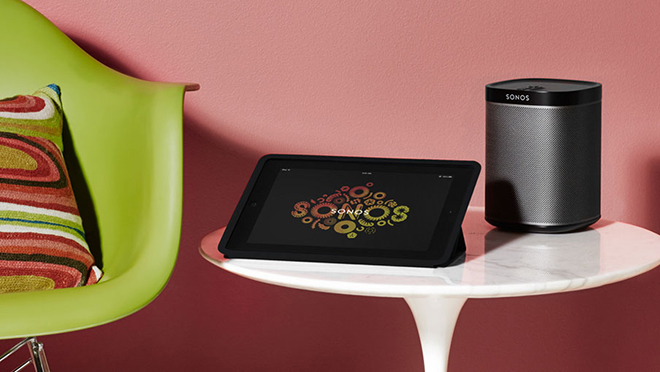
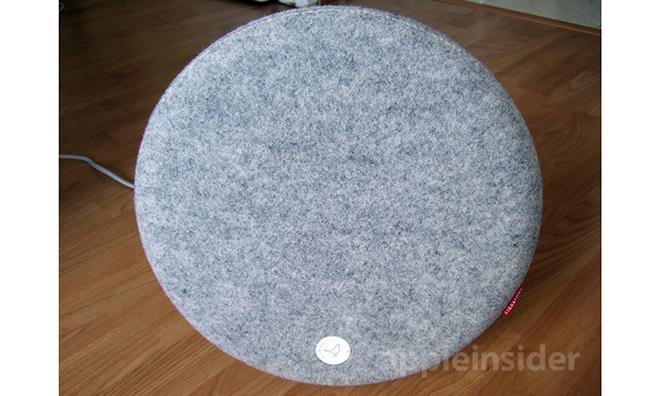







-m.jpg)






 Charles Martin
Charles Martin
 Christine McKee
Christine McKee
 Wesley Hilliard
Wesley Hilliard
 Malcolm Owen
Malcolm Owen
 Andrew Orr
Andrew Orr
 William Gallagher
William Gallagher
 Sponsored Content
Sponsored Content

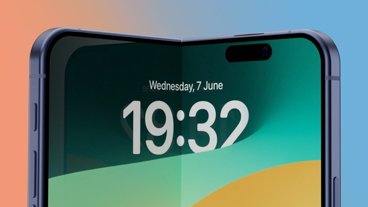






76 Comments
Speculation based on speculation. These are the hopes and dreams that will be dashed when Apple doesn't announce anything like this at WWDC. You could've just waited until the real announcement is made, and we've got concrete information to talk about. June 2 is just around the corner.
I hope this turns out. "The internet of things," is such a fun category, but lacks standards that are easy for a casual user to keep up with. Getting a touch of Apple's, "It just works," approach could bring it mainstream. Or it may be too soon.
Speculation based on speculation. These are the hopes and dreams that will be dashed when Apple doesn't announce anything like this at WWDC. You could've just waited until the real announcement is made, and we've got concrete information to talk about. June 2 is just around the corner.
And because of all these rumors whatever is announced will be declared a letdown and boring. Apple is becoming victimized by its own hype machine. It can’t possibly live up to the speculation raging out of control.
You've still got a week, Samsung. You should be able to get something out by this Thursday!
[quote name="lkrupp" url="/t/180051/apples-smart-home-platform-may-finally-unite-legion-of-isolated-devices#post_2539894"] And because of all these rumors whatever is announced will be declared a letdown and boring. Apple is becoming victimized by its own hype machine. It can’t possibly live up to the speculation raging out of control. [/quote] It's not even Apple's hype machine. It's bored tech pundits, who might have some vague information, but more likely just want this really bad, who get repeated by other bored tech pundits. It's true they're a victim of their success, but only because of the feedback loop of tech punditry